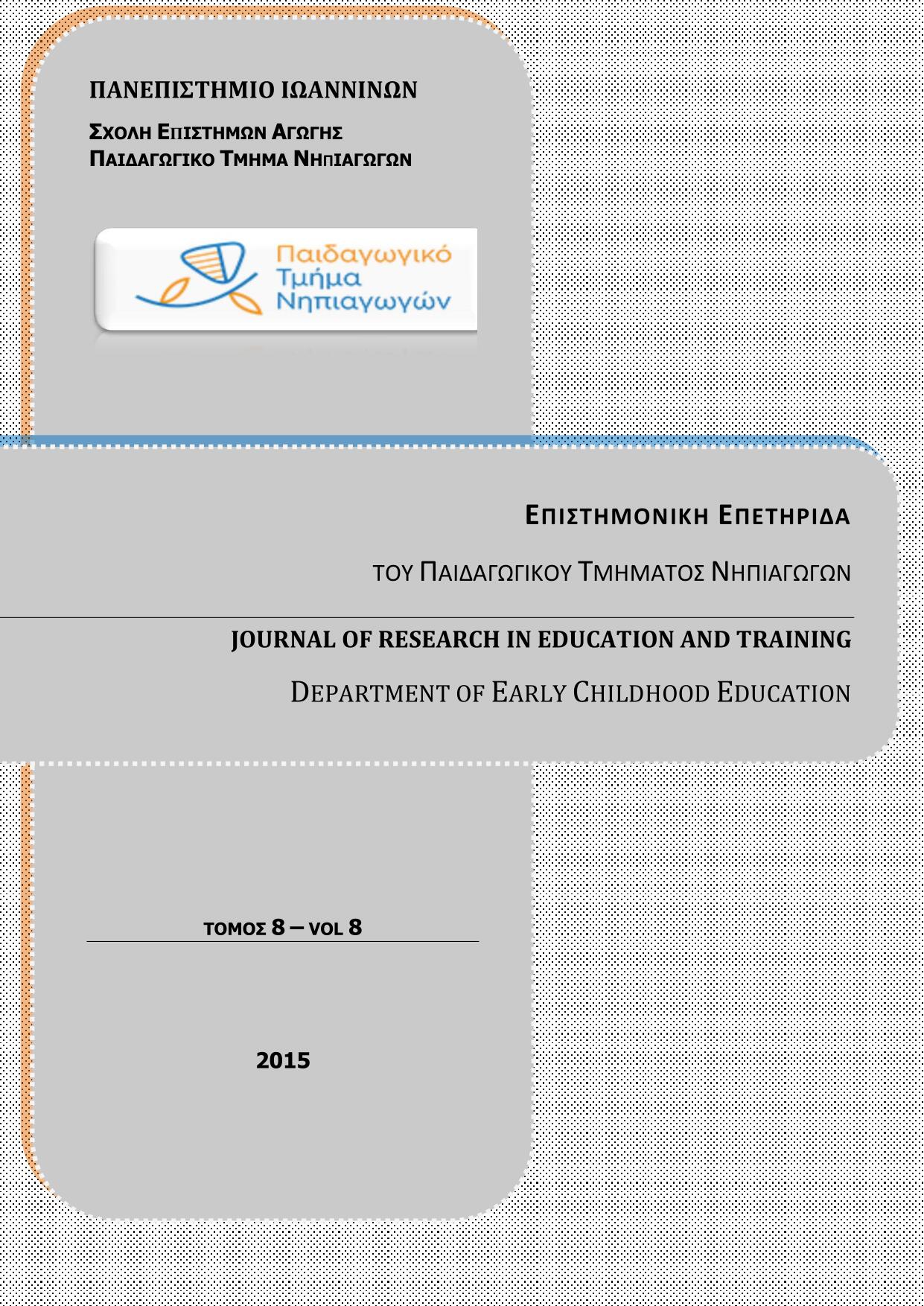A new Approach in the Research of School Textbooks Didactic Dimension. Case Study: Religious Education

Abstract
In this study we present a proposal for the didactic analysis of school textbooks. This proposal constitutes a new method of School Textbooks Research, which we named Geometric Didactic Analysis (Ge.Di.An.). The term "didactic analysis" relates to the following aspects: a. First, the examination of a textbook's didactic suitability. b. Second, the relationship between textbook context and its didactics. In this work, units of analysis are all learning assessment tools, such as questions, skills, activities, etc. The innovative element of the method lies in the connection of known taxonomies developed in the field of Didactics to Multivariate Statistical Analysis methods, depicting groupings of qualitative characteristics with didactic interest.We applied Geometric Didactic Analysis on four teaching units of the first grade Religious Education student's book. The results lead to the conclusion, that some didactic choices made by the authors of the analyzed teaching units show didactic uncertainties and weaknesses; therefore, ought to be reviewed.
Article Details
- How to Cite
-
Στογιαννίδης Α., & Κουτσουπιάς Ν. (2015). A new Approach in the Research of School Textbooks Didactic Dimension. Case Study: Religious Education. Journal of Research in Education and Training, 8, 90–118. https://doi.org/10.12681/jret.9107
- Issue
- Vol. 8 (2015)
- Section
- Articles

This work is licensed under a Creative Commons Attribution-NonCommercial-ShareAlike 4.0 International License.
Authors who publish with this journal agree to the following terms:
- Authors retain copyright and grant the journal right of first publication with the work simultaneously licensed under a Creative Commons Attribution Non-Commercial License that allows others to share the work with an acknowledgement of the work's authorship and initial publication in this journal.
- Authors are able to enter into separate, additional contractual arrangements for the non-exclusive distribution of the journal's published version of the work (e.g. post it to an institutional repository or publish it in a book), with an acknowledgement of its initial publication in this journal.
- Authors are permitted and encouraged to post their work online (preferably in institutional repositories or on their website) prior to and during the submission process, as it can lead to productive exchanges, as well as earlier and greater citation of published work (See The Effect of Open Access).


